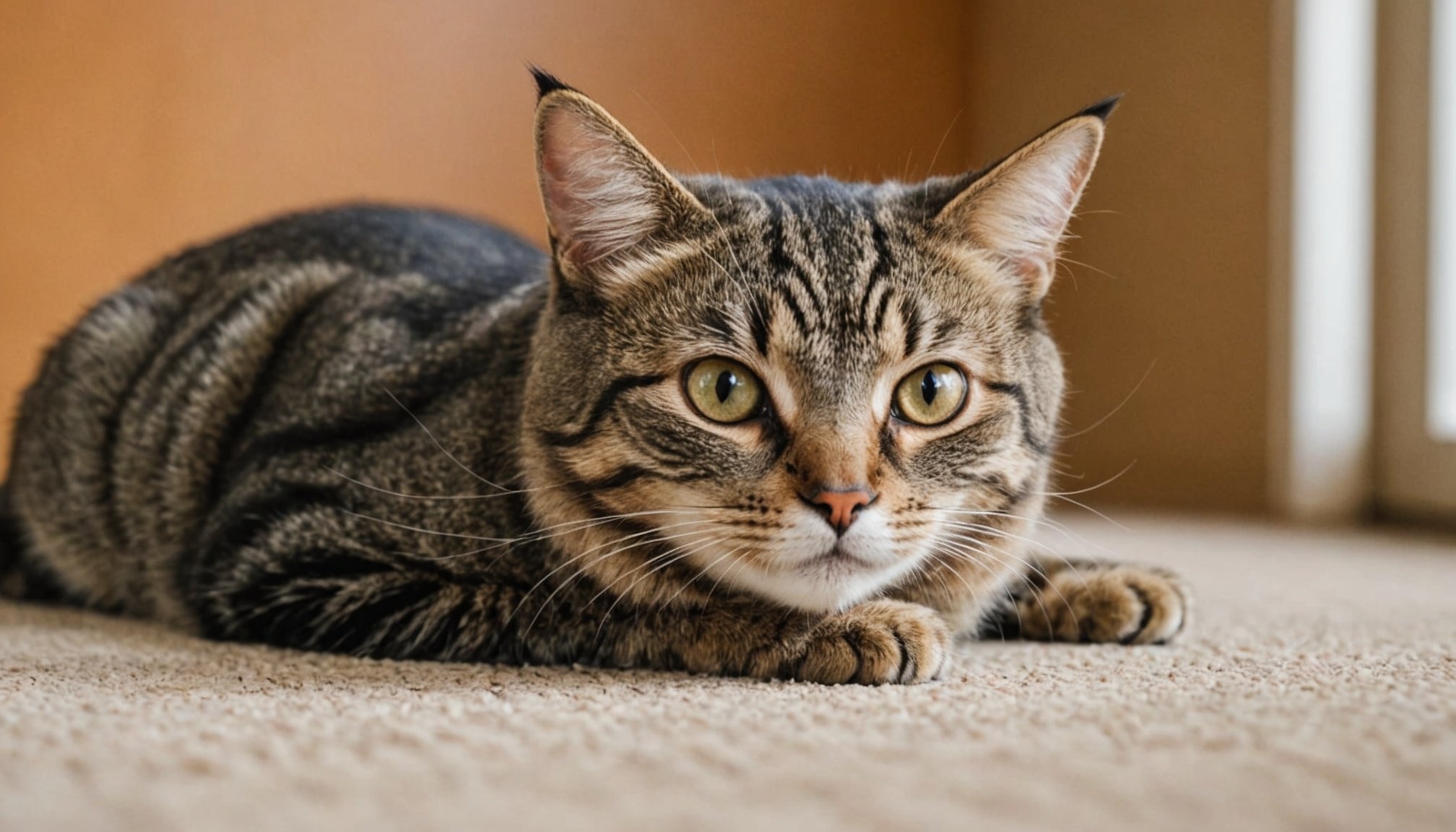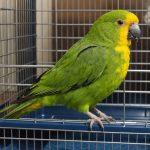Understanding Orthopedic Surgery for Cats
Orthopedic surgery for cats involves procedures to correct bone, joint, or ligament issues. Common surgeries include fracture repair, hip dysplasia correction, and patellar luxation correction. These procedures aim to restore function and reduce pain, enhancing your feline friend’s quality of life.
Understanding the feline recovery process is crucial. Post-operative care is paramount to ensure a smooth recovery. Initially, your cat might be lethargic or show reduced appetite due to anesthesia effects. Gradual reintroduction to normal routines is recommended.
In the same genre : Creating a balanced diet for your hyperthyroid cat: effective strategies for weight management and energy boost
The recovery timeline varies per procedure. Fracture repairs may necessitate weeks of restricted activity, while ligament surgeries can involve months of gradual rehabilitation. Regular veterinary check-ups and x-rays will track healing progress. Successful recovery can be identified by observing several key indicators:
- Mobility Improvement: Your cat should gradually resume normal activities.
- Reduced Pain Behavior: Decreased limping or vocalizations during movement.
- Healthy Appetite: Restoration of typical eating habits is a positive sign.
Consistent post-operative care, including medication administration and a quiet, comfortable environment, supports effective healing. Always ensure your cat receives prescribed pain management and follow your veterinarian’s recommendations closely for a seamless recovery.
Also to see : Ultimate cat care: your essential guide to tracking feline breathing and identifying respiratory problems at home
Creating a Comfortable Recovery Space
Establishing a safe recovery space is pivotal for your cat’s healing. This environment should prioritise the cat’s comfort and wellbeing. Begin by selecting a quiet area in your home, away from busy thoroughfares. This reduces noise and distractions, aiding recovery.
Bedding is vital for comfort. Opt for soft, washable materials like fleece or cotton that provide warmth without causing irritation. Ensure the bedding is large enough for the cat to stretch while also allowing them to curl up comfortably. Access to fresh water and food should be within reach but far enough to prevent accidental spills on their resting area.
Remove any hazardous items that could pose a risk. Cords, small objects, or anything too easy to climb should be eliminated to avoid injury. Consider a few familiar toys; these can provide mental stimulation and comfort, preventing boredom. Low-level lighting is also beneficial, as cats often feel more relaxed when ambient light is less intense.
By focusing on these elements, your cat will have a conducive recovery environment, allowing them to recuperate peacefully. These thoughtful preparations ensure the space doesn’t just feel safe but truly helps in fostering quicker recovery outcomes.
Implementing Soothing Techniques
Many pet owners seek effective calming techniques for cats to ensure their feline friends feel at ease. One practical method involves using pheromone diffusers, which mimic natural chemical markers that help reduce stress and create a sense of security. These devices are simple to use and can be placed in any room where the cat spends considerable time.
Another effective approach is incorporating calming music into the cat’s environment. Soft, classical tunes or specially composed tracks for pets can promote relaxation and reduce anxiety. Coupled with gentle handling, where the cat is softly pet or held, these techniques provide both comfort and assurance to the stressed animal.
Maintaining a peaceful atmosphere is also crucial. Here are a few strategies to consider:
- Ensure a consistent routine with feeding and playtimes.
- Offer a dedicated quiet space for the cat to retreat to when overwhelmed.
- Minimize loud noises and sudden disruptions in the home environment.
A comforting presence is often underestimated in its ability to soothe a distressed cat. Simply being present and allowing the cat to approach on its own terms can immensely aid in stress reduction. Implementing these relaxation methods will support a happier, healthier environment for your feline companion.
Safety Measures in the Recovery Area
Creating a safe environment for recovering cats is crucial to facilitate healing and prevent further injury. Begin by ensuring the recovery space is secure and free from potential hazards. This area should be separate from high-traffic zones of the home to minimize stress and distractions.
Monitoring a cat’s movements and behaviour during recovery is essential. This vigilance helps identify any signs of discomfort or abnormal activity that might indicate a problem. If a cat appears restless, overly lethargic, or displays changes in appetite, consult a veterinarian promptly.
To further enhance safety for recovering cats, eliminate objects that pose a risk. Look for items such as exposed cords, small objects that might be ingested, or furniture that could be used to jump or climb, leading to possible injuries. Keep the recovery area clean and organized to limit the chances of accidents.
Consider the use of soft bedding to cushion the cat’s resting place, reducing the risk of pressure sores. Additionally, using baby gates or pet barriers can protect the cat from venturing into off-limits areas. By taking these steps, you can provide a secure and comforting environment that promotes a stable recovery process.
Nutrition and Hydration Post-Surgery
Cats emerging from surgery require specific dietary care to aid their recovery and support healing. A feline recovery diet typically includes easily digestible ingredients, often featuring high-quality proteins and essential nutrients to repair tissues and maintain energy levels. It’s advisable to consult with your vet to choose the best post-operative nutrition that fits your cat’s health needs.
Proper hydration for cats is equally crucial during the recovery process. Dehydration can delay healing and complicate recovery, making it vital to ensure your cat is consuming sufficient fluids. Encouraging your cat to drink more water can be done by providing fresh water daily, using water fountains to intrigue their curiosity, or mixing water with their food.
Establishing a balanced feeding schedule is important to prevent overfeeding while ensuring your cat receives adequate nutrition. Portion control is key to maintain a healthy weight and energy level as they recuperate. Frequent, smaller meals might be more conducive to recovery, preventing digestive strain and offering sustained energy throughout the day.
These strategies promote effective recovery, helping cats return to their normal activities and health as swiftly as possible. By prioritizing hydration and tailored nutrition, you lay a foundation for successful post-operative healing.
Mobility Aids and Assistance
Navigating the world with limited mobility can be challenging for cats. Implementing suitable mobility aids for cats ensures they maintain a semblance of their previous freedom. These aids come in various forms and can significantly alleviate difficulties.
One practical assistive device is a cat wheelchair. Designed for those with hind leg weakness, this device supports movement by offering back-end stability. Additionally, harnesses and slings can assist in lifting and moving cats with weakened limbs, allowing them to use litter boxes or climb steps with ease.
Recovery support is vital throughout the rehabilitation process. Encouraging the cat to use these devices can initially be tricky, but patience is key. Begin by introducing the device in familiar surroundings, allowing the cat to explore at its own pace. This comforting environment helps reduce anxiety, fostering trust in their new equipment.
Reintroducing physical activity should be gradual, tailored to the individual cat’s condition. Short and supervised sessions are ideal, slowly increasing in duration as strength and confidence build. Monitoring their progress is crucial, as it allows adjustments in the level of assistance. It’s essential to celebrate small victories, reinforcing positive experiences for both the cat and caregiver.
General Care and Monitoring
After surgery, implementing proper post-surgery care for cats is essential to facilitate recovery. Maintaining a gentle and stress-free environment aids in reducing pain and anxiety. Dietary adjustments, like providing easily digestible food, support healing, especially if appetite changes occur.
Health monitoring is crucial during recovery. Owners should watch for signs of distress or complications, such as swelling, redness, or unexpected discharge around the surgical site. Monitoring your cat’s behaviour is equally important. A lack of enthusiasm or reluctance to move might signal discomfort that needs attention.
Daily care routines involve ensuring the incision area is clean and dry. Prevent your cat from licking the wound by utilizing an Elizabethan collar if necessary. Engage your cat in minimal physical activity to prevent strain on the surgical area while allowing some gentle movement to encourage circulation.
Veterinary follow-up appointments are critical for confirming successful healing. These visits enable the vet to assess the progress and adjust any care protocols if needed. Always adhere to the vet’s advice regarding medication and treatment schedules.
In summary, post-surgery includes vigilant health monitoring and dedication to care practices. This ensures your cat’s quick and smooth recovery, helping to prevent any post-operative complications.










